New South Wales - White Cliffs
Australia So Much to See
For years White Cliffs was justifiably proud that it was the first town to utilise solar power to provide a small part of the town's
electricity needs. The 14 parabolic dish collectors followed the sun and collected the energy which was converted by a newly-installed
photovoltaic cell.
In 1997 Solar Systems converted the power station from solar thermal to direct solar photovoltaic (PV) operation. The dishes were resurfaced with new mirrors and the thermal collectors were each replaced with PV collectors comprising sixteen PV
modules. The peak output for the 'new' fourteen dish system was 50 kW.
There is a series of very detailed signs beside
the dishes. Some of the particularly interesting information includes "Each year the sun provides 17,000 times more energy than world
demand”.
“The 14 metre wide solar dish tracks the sun from sunrise until sunset, optimising orientation every few seconds
for maximum power output.” “Each dish tracks on two axes and is capable of operating independently. 112 highly reflective, curved
mirrors concentrate sunlight by 500 times to a focal point at the receiver, 500 times concentration is intense enough to melt steel."
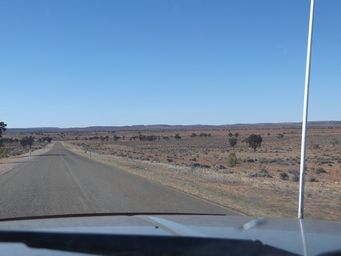
From Wilcannia we took a very good sealed road (at right), the Opal Miner’s Way, to White Cliffs.

At the 2011 census, White Cliffs had a population of 103, but this effectively expands seasonally with fossickers and tourists.
George Hooley and Alf Richardson were out on Momba Station hunting kangaroo when a horse kicked a bright stone. Unsure as to the value
of their find, the showed surveyor Charlie Turner, who advised them to send a sample to Tullie Wallaston in Adelaide who was interested
in opal.
Wollaston came immediately to meet Hooley, Richardson, Turner and partner Clouston. The opal was so different
to anything he had seen. Wollaston barely knew what to offer them.
With his funds limited to 150 pounds, Wallaston decided
to offer 140 pounds, keeping ten pounds in reserve.
On naming the figure there was great calm. They were simply
paralysed - but only for a moment and then eight hands shot out.
In hindsight Wollaston realised:
I could have had
the whole lot for ten pounds, but did not regret offering a fair price.
White Cliffs Opals and Pineapples
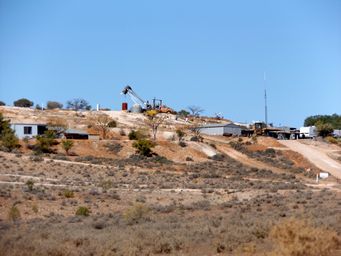
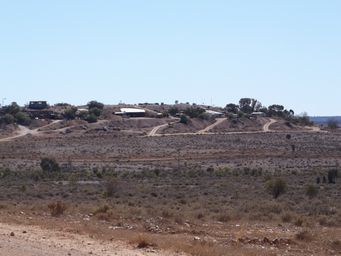
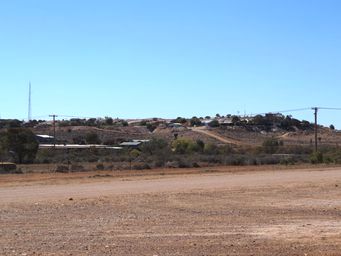
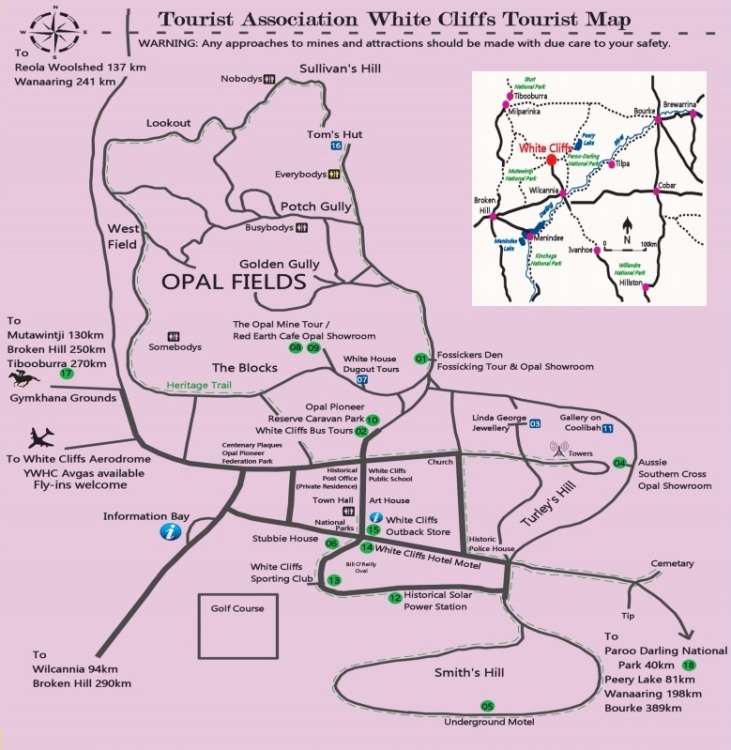
White opal has a milky background and a pearly appearance. This is the most common and is found around Coober Pedy, Andamooka and
White Cliffs.
White Cliffs is famous for its "pineapples" - not the fruit but rather a pseudomorph of Glauberite
or Ikaite crystal clusters which is replaced by pure opal. These opal clusters have only ever been found in White Cliffs and are available
for sale in the local galleries and shops.
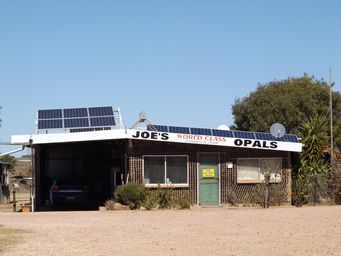
The Stubbie House is a house built from over 50,000 beer bottles. It has been a tourist attraction for decades and today has a fine
display of White Cliffs crystal opal in gold and silver rings, bracelets and pendants. It is open daily.
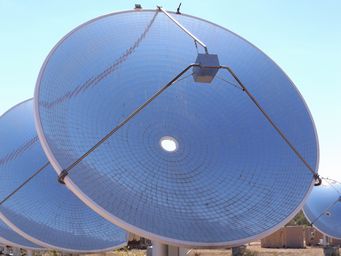
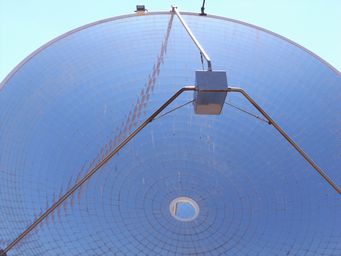
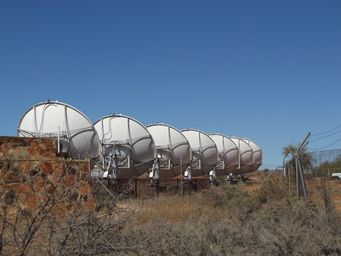
By 2006 there were 40 such dishes across Australia powering remote communities including Hermannsburg, Yuendumu and Lakamanu.
The
White Cliffs Solar Power Station ceased generating in January 2005. White Cliffs is now connected to the state grid.